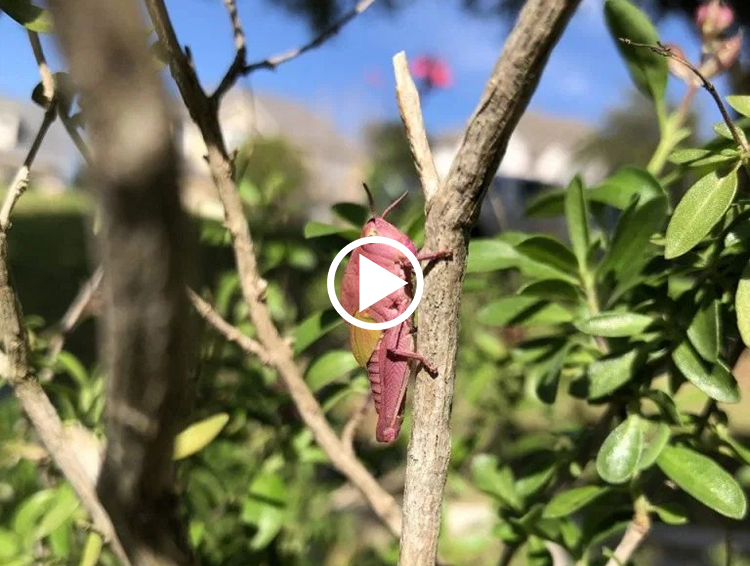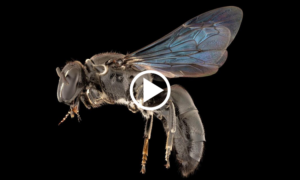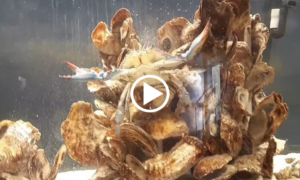A mutant grasshopper with an unusual pink body was found on February 16 at a home in Austin, Texas.

The animal was accidentally discovered by a three-year-old boy while walking in the garden. The baby’s mother, Allison Barger, said she was so amazed by the discovery of her son that she took a photo and sent it to local news station KXAN News.
According to National Geographic wildlife explorer Victoria Hillman, the animal’s striking pink body is due to erythrism. Similar to albinism, this mutation is caused by a recessive gene that causes infected animals to produce excess red pigment and lack of melanin. In humans, erythrism contributes to red hair color.
Erythrism syndrome in animals was first reported in 1887 in a mussel. The phenomenon has also been observed in snakes, rays and skunks, but is more common in grassland locusts. In most cases, it is difficult for them to survive to adulthood as their striking colors make them difficult to camouflage and easily detected by predators.
Rare bee species reappear after 100 years
Extremely rare half-male and half-female blue crab







